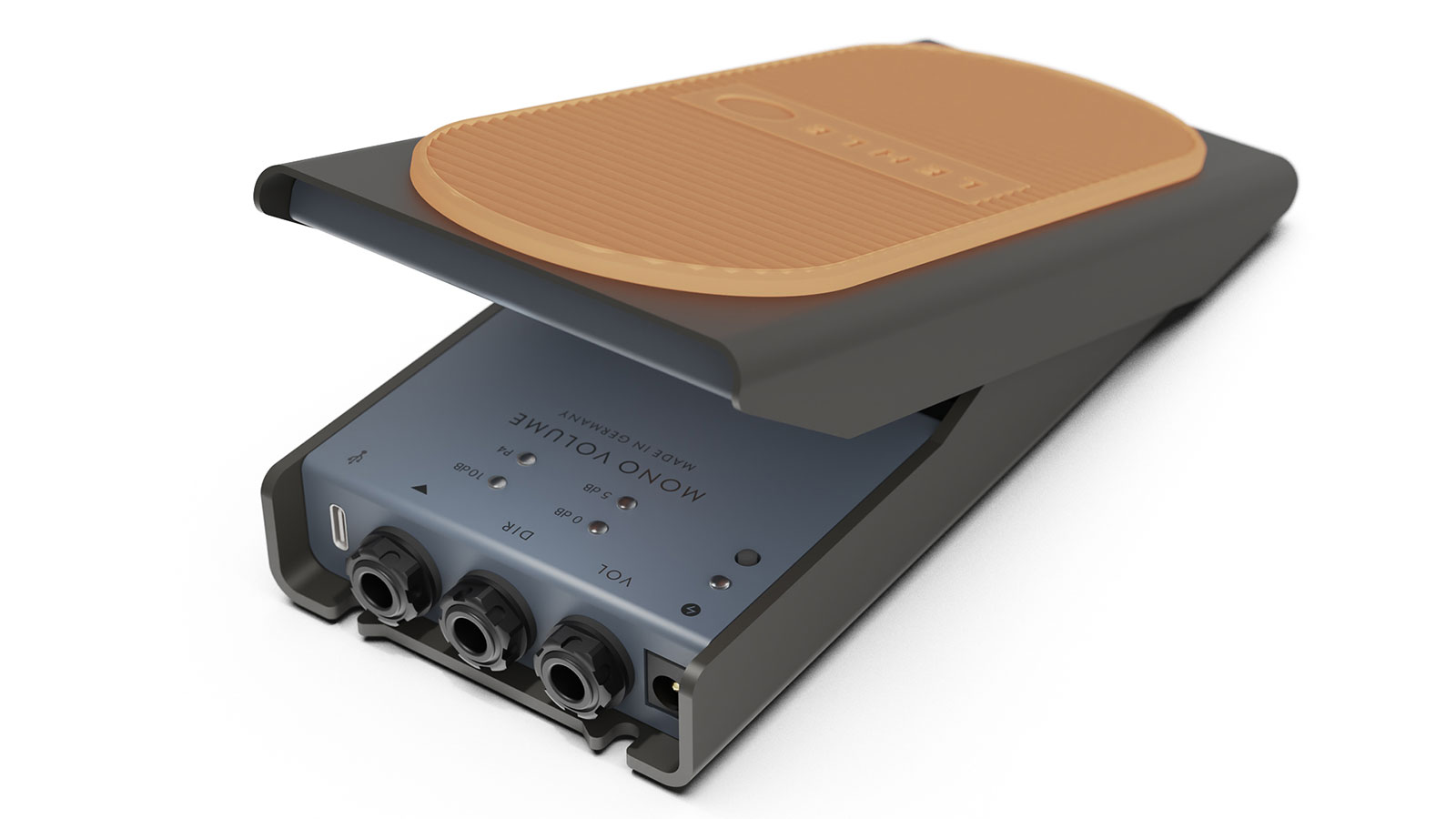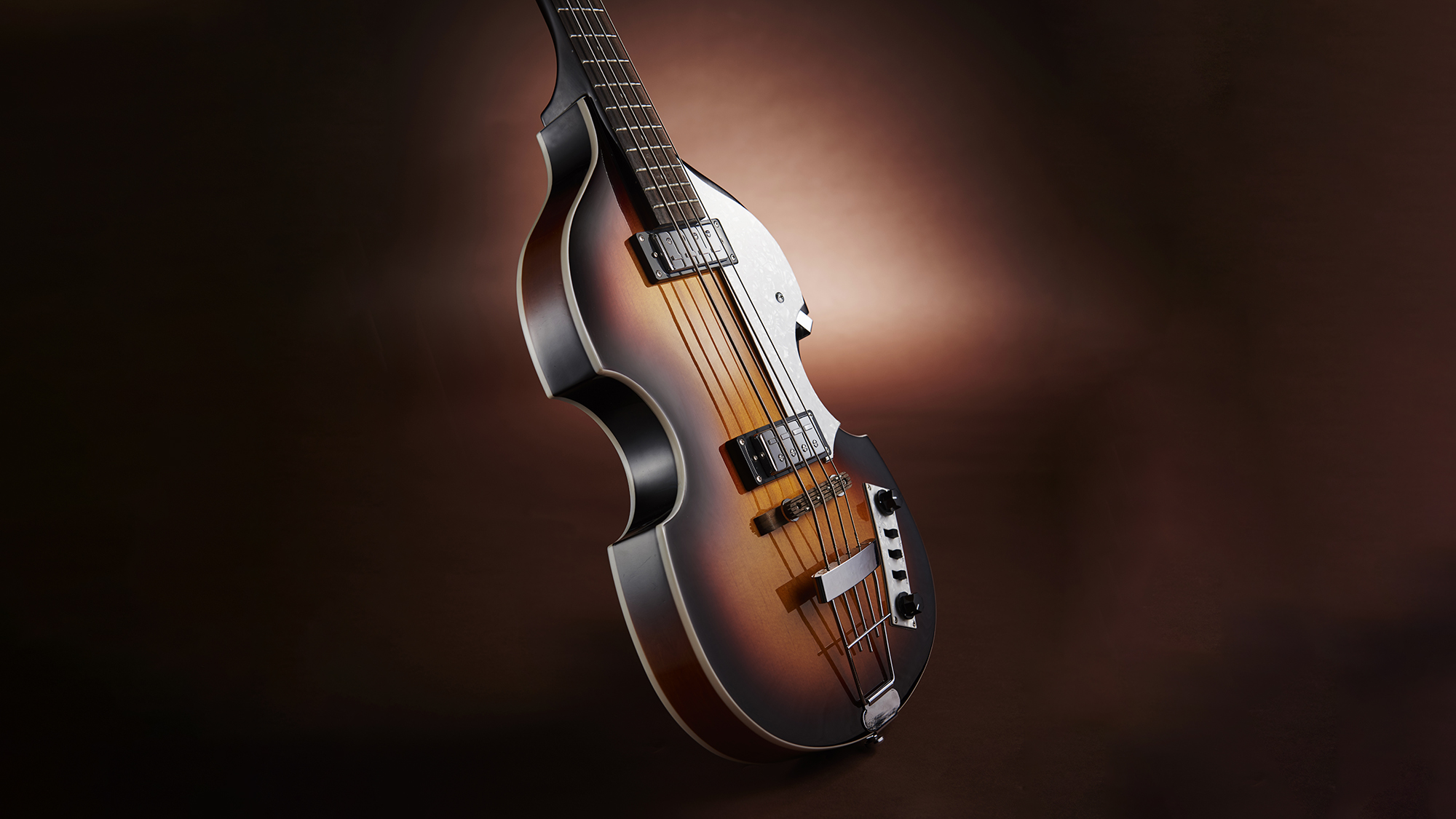Lehle’s Mono Volume S is a smaller, lighter take on its Class A volume pedal
The S is 50% lighter and 35% smaller than its predecessor

German Audio firm Lehle has unveiled a new lightweight take on its Mono Volume pedal.
The Mono Volume S weighs 50% less than the original and is 2cm thinner, but uses the same tech of its predecessor, including the much-lauded Class A preamp.
Like the regular Mono Volume pedal, the ‘wear free’ build uses a magnet sensor and a VCA (Voltage Controlled Amplifier) in the place of a traditional volume potentiometer, reducing mechanical wear.
Though it doesn’t have the same rotary gain dial as its bigger brother, the Mono Volume S offers a dynamic range of 120 dB, with a boost of up to +12 dB and, handily, you can also store and recall a range of preset volumes in the unit.
In addition, there’s a USB connection, which allows you to calibrate with a DAW and send/receive MIDI data. Further connection options come via the buffered direct out, which can be used to send a signal to a tuner, DAW or to a second amp.
The Mono Volume S is already shipping. Expect a street price of around $279.
For more information, head to Lehle.
All the latest guitar news, interviews, lessons, reviews, deals and more, direct to your inbox!

Matt is Deputy Editor for GuitarWorld.com. Before that he spent 10 years as a freelance music journalist, interviewing artists for the likes of Total Guitar, Guitarist, Guitar World, MusicRadar, NME.com, DJ Mag and Electronic Sound. In 2020, he launched CreativeMoney.co.uk, which aims to share the ideas that make creative lifestyles more sustainable. He plays guitar, but should not be allowed near your delay pedals.
